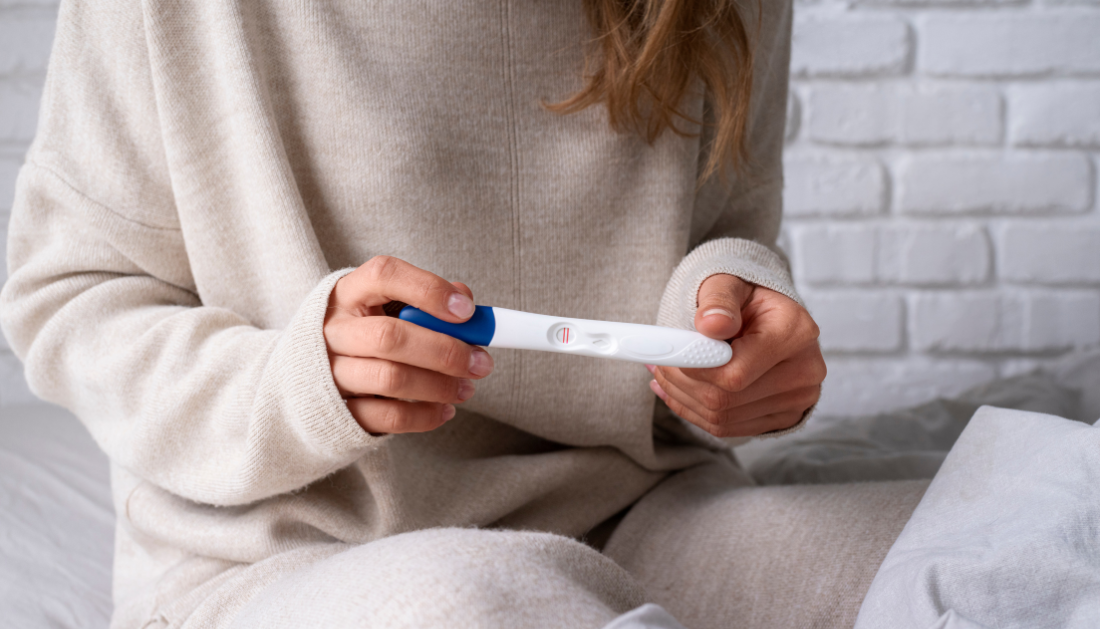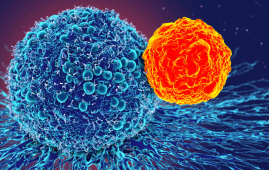

In a recent JAMA Network Open publication, researchers compared cancer risk in children born by medically assisted reproduction (MAR) to those born by natural conception.
Background
Childhood cancers are a global health issue, with early onset after birth and embryological traits suggesting they may arise before conception. MAR therapies, like assisted reproduction technologies (ART), are potential pediatric cancer risk factors due to their epigenetic disruption potential.
Studies have shown an increased risk of adverse perinatal outcomes such as preterm delivery, low birth weight, and fetal development defects. However, the long-term effects of reproductive therapies on child health remain uncertain, with conflicting findings.
About the Study
Researchers investigated if cancer risk differed between infants born through medically assisted reproduction and those born through natural conception.
The researchers collected data from the French National Mother-Child Register (EPI-MERES) for live births in France from January 1, 2010, to December 31, 2021 (follow-up through June 30, 2022).
They analyzed data from December 1, 2021, to June 30, 2023. The study’s exposure was ART usage, including artificial insemination (AI), fresh embryonic transfer (ET), and frozen ET (FET).
The team classified infants as born after MAR if their conception date was within three weeks of the MAR procedure and naturally conceived otherwise. They used the recorded embryo transfer (ET) date as the ART procedure date. Children were born following fresh ET if the interval between oocyte retrieval and ET was less than three weeks.
The researchers compared cancer risk overall and stratified by cancer subtype between children born following MAR and those conceived spontaneously by performing Cox proportional regression modeling to derive the hazard ratios (HRs), adjusted for mother and child factors at birth.
Study covariates included birth year, sex, singleton or multiple births, birth weight, gestational length, an indicator of fetal growth, maternal age at index childbirth, and the French census-based deprivation index of the municipality of residence at birth as a proxy for household socioeconomic status.
The team identified primary congenital anomalies using the International Classification of Diseases, 10th edition (ICD-10) codes.
They identified childhood malignancies using the French National Registry of Childhood Malignancies (RNCE) and the International Classification of Childhood Cancer, Third Edition (ICCC-3) codes. They determined MAR procedures and dates using CCAM codes for oocyte retrieval, ET, and AI.
Case patients were children with cancer meeting one or more of the following criteria: had at least two hospitalizations with cancer diagnosis, at least one hospitalization with cancer diagnosis and one hospitalization for oncologic treatment or a diagnosis of childhood cancer, or one hospitalization with cancer diagnosis followed by death within six months.
The researchers used alternative techniques to assess cancer risk in infants born between 2010 and 2015. They used partial likelihood tests to compare the predicted risk for several MAR methods.
Sensitivity analyses were limited to singletons, and additional sensitivity analyses considered the first coded diagnosis group as the cancer diagnosis. They assessed leukemia risk overall and by subtype acute lymphoblastic leukemia (ALL) and acute myeloid leukemia (AML)].
Results
The study included 8,526,306 pediatric individuals, with an average age of six years; 96% were singletons, 51% were males, 12% were small for gestational age (SGA) at delivery, and 3.0% were born with congenital deformities.
In total, 3.1% (n=260,236) of offspring were born after medically assisted reproduction, including 1.6% (n=133,965) following fresh ET, 0.8% (n=66,165) following FET, and 0.7% (n=60,106) after AI.
The researchers identified 9,256 case-patients after seven years (median) of follow-up, among whom 165 were born after ET, 57 after FET, and 70 after AI.
The overall cancer risk was similar for children conceived spontaneously and those born following fresh ET (HR, 1.1), frozen ET (HR, 1.0), or artificial insemination (HR, 1.1).
However, children born after FET had a higher risk of ALL [20 case-patients, HR 1.6, and a risk difference (RD) of 23 per million individual years] than spontaneously conceived children.
Furthermore, among infants born between 2010 and 2015, leukemia risk increased for those born after embryonic transfer (45 case-patients, hazard ratio, 1.4; adjusted RD, 20 per million individual years).
The team also found a non-significant increase in the likelihood of central nervous system (CNS) malignancies after AI. Leukemia accounted for 29% of cases, with ALL accounting for the majority (79%). The results of the sensitivity analysis remained consistent.
Conclusions
The study concluded that infants born after MAR had a higher leukemia risk than spontaneously conceived children, especially ALL after FET. However, the overall cancer risk was similar between children born after MAR and those conceived naturally.
The study highlights the importance of monitoring ALL risk as ART use expands. The non-significantly increased risk of CNS malignancies after AI warrants further investigation.
For more information: Medically Assisted Reproduction and Risk of Cancer Among Offspring, JAMA Network Open, doi:10.1001/jamanetworkopen.2024.9429
more recommended stories
 T-bet and the Genetic Control of Memory B Cell Differentiation
T-bet and the Genetic Control of Memory B Cell DifferentiationIn a major advancement in immunology,.
 Ultra-Processed Foods May Harm Brain Health in Children
Ultra-Processed Foods May Harm Brain Health in ChildrenUltra-Processed Foods Linked to Cognitive and.
 Parkinson’s Disease Care Advances with Weekly Injectable
Parkinson’s Disease Care Advances with Weekly InjectableA new weekly injectable formulation of.
 Brain’s Biological Age Emerges as Key Health Risk Indicator
Brain’s Biological Age Emerges as Key Health Risk IndicatorClinical Significance of Brain Age in.
 Children’s Health in the United States is Declining!
Children’s Health in the United States is Declining!Summary: A comprehensive analysis of U.S..
 Autoimmune Disorders: ADA2 as a Therapeutic Target
Autoimmune Disorders: ADA2 as a Therapeutic TargetAdenosine deaminase 2 (ADA2) has emerged.
 Is Prediabetes Reversible through Exercise?
Is Prediabetes Reversible through Exercise?150 Minutes of Weekly Exercise May.
 New Blood Cancer Model Unveils Drug Resistance
New Blood Cancer Model Unveils Drug ResistanceNew Lab Model Reveals Gene Mutation.
 Healthy Habits Slash Diverticulitis Risk in Half: Clinical Insights
Healthy Habits Slash Diverticulitis Risk in Half: Clinical InsightsHealthy Habits Slash Diverticulitis Risk in.
 Caffeine and SIDS: A New Prevention Theory
Caffeine and SIDS: A New Prevention TheoryFor the first time in decades,.

Leave a Comment